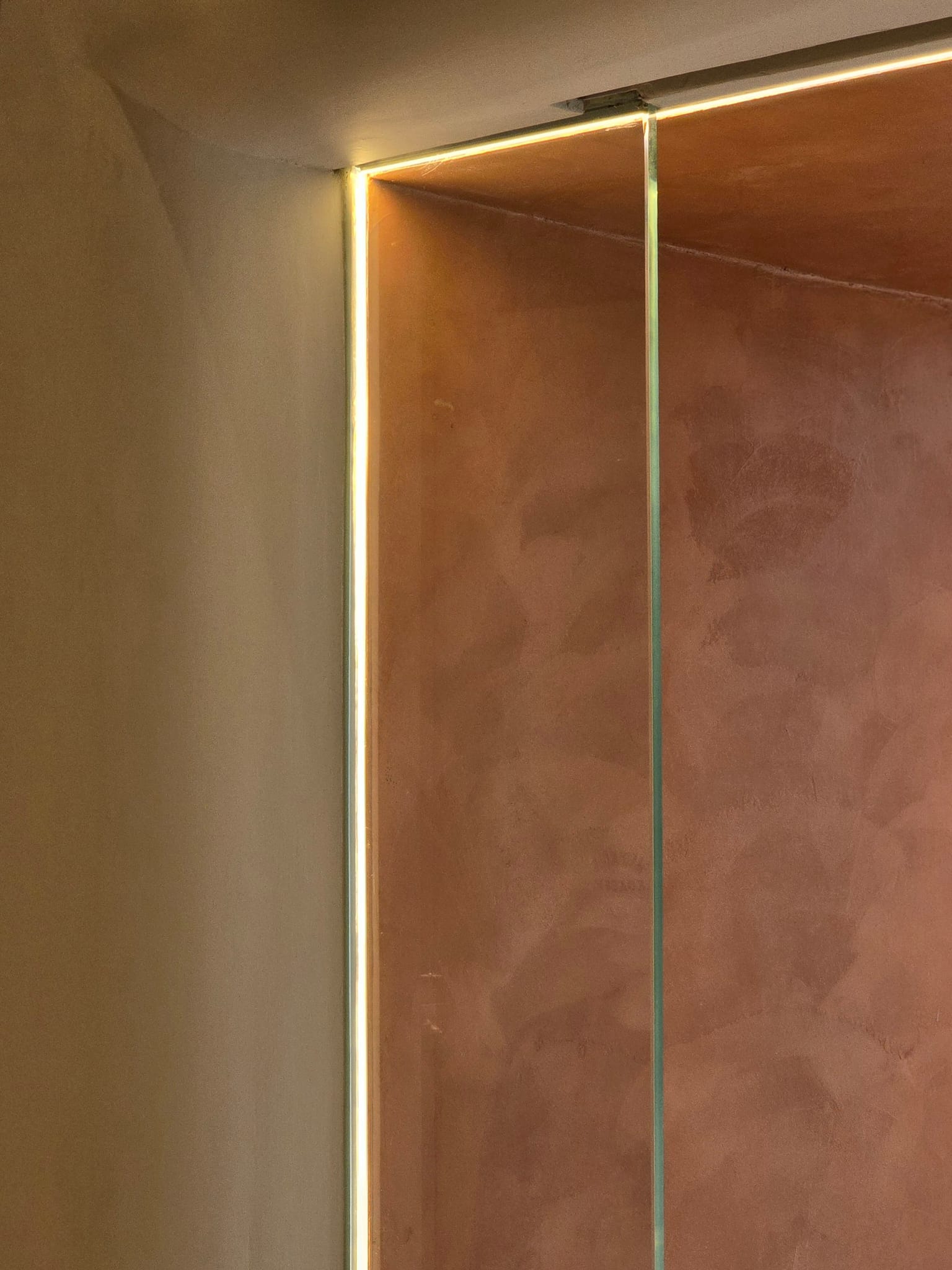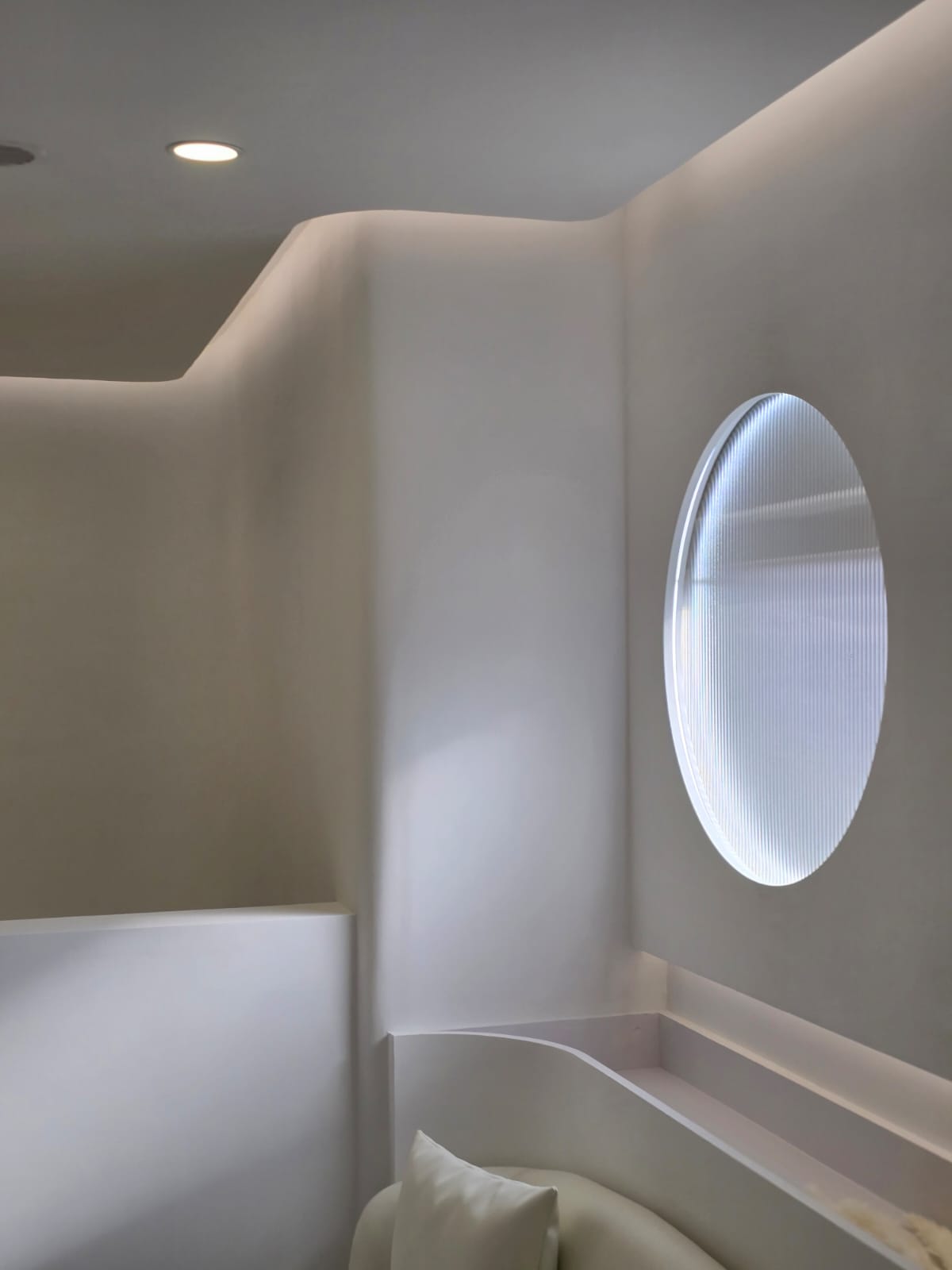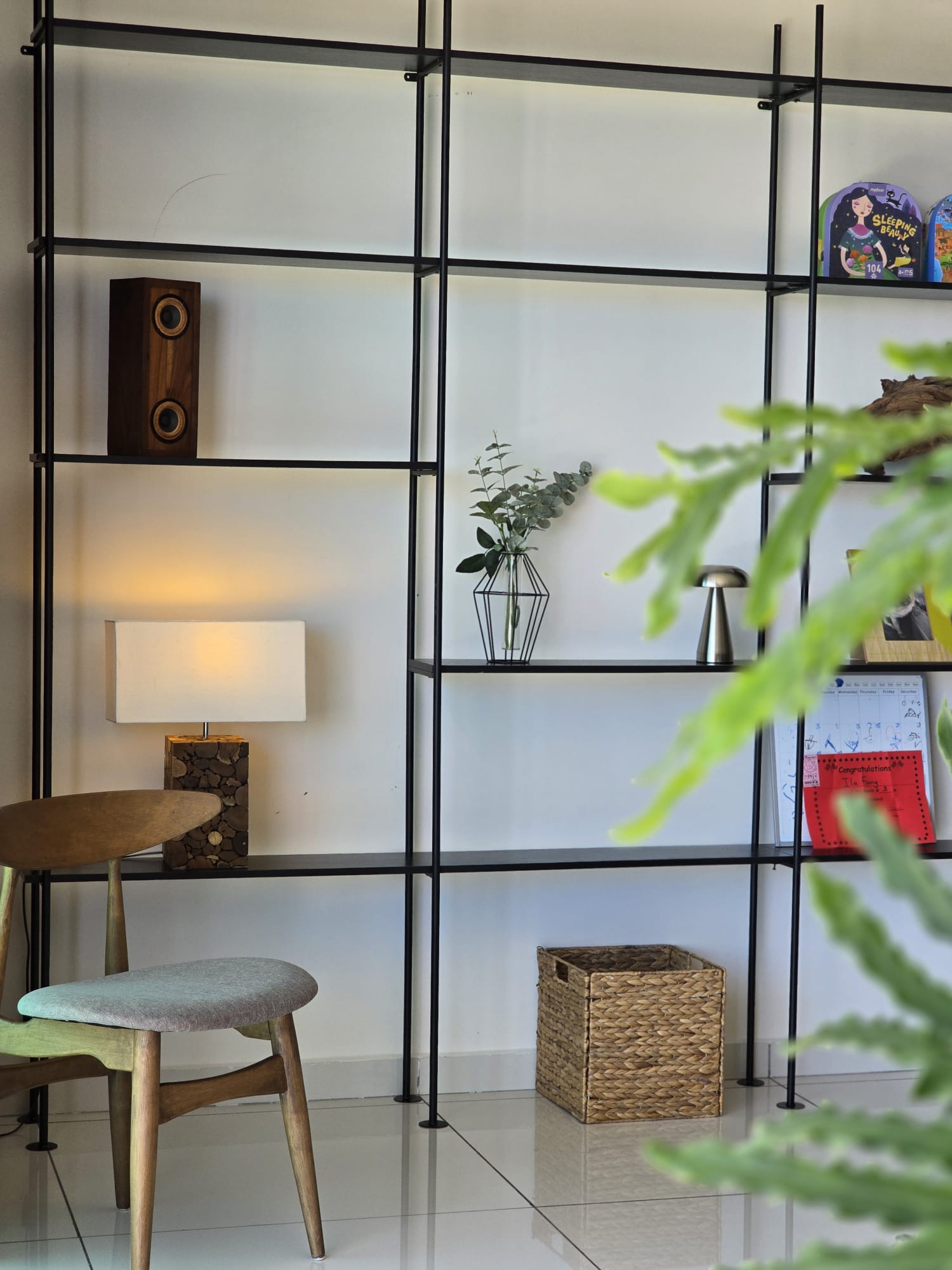
[Interior design creates a living space where people and pets can coexist]
Share
With the change of modern lifestyle, the status of pets in the family is increasing, and more and more people regard pets as family members. Therefore, interior design no longer only needs to meet human needs, but also needs to take into account the living habits and safety of pets. How to create a "human-pet integration" space that can not only meet the comfort of human life but also allow pets to move freely has become an important topic in contemporary interior design. Interior design will create a living space where people and pets can integrate from the perspectives of space planning, material selection, safety design, functional integration and aesthetic balance.

Space planning: a living space that takes into account both people and pets
(1) Open and partitioned design
The first thing to consider when designing a space where people and pets can coexist is the smoothness of the traffic flow. An open design can increase interaction between people and pets, but it is also necessary to retain a separate area for pets, such as:
- Pet rest area : Set up a pet bed, cat climbing frame or dog house in the living room or balcony to give your pet a dedicated resting space.
- Activity passages : Avoid furniture blocking your pet’s walking route, especially cats who like to jump. You can design platforms of varying heights.
(2) Utilization of vertical space
Cats love climbing by nature, so you can use the wall to design a platform, shelf or catwalk to meet the cat's activity needs without taking up ground space. For small dogs, you can plan a low cushioned staircase to make it easier for them to get on and off the sofa or bed.
Material selection: durable, easy-to-clean and safe surface
(1) Floor material
- Scratch-resistant and wear-resistant flooring : Pets' claws may scratch wooden floors. It is recommended to choose microcement, SPC stone plastic flooring or tiles, which are both beautiful and durable.
- Anti-slip treatment : Especially for elderly pets, anti-slip mats or short-haired carpets can be laid in areas where they often move around to avoid slipping.
(2) Furniture and fabrics
- Scratch-resistant fabrics : Sofas and curtains can be made from microfiber, anti-scratch fabrics or leather to prevent damage caused by pets scratching.
- Removable and washable design : Choose removable and washable sofa covers and pet beds to keep them clean.
Safety design: avoiding potential dangers
(1) Hiding wires and dangerous items
Pets (especially puppies and cats) may chew on wires or ingest small objects, so the design should:
- Use a cord organizer or elevate outlets.
- Avoid open storage of breakables or chemical cleaning agents.
(2) Protective measures
- Safety railings : If your home has stairs, you can install pet gates or railings to prevent falls.
- Closed storage : Pet food and medicine should be stored in a locked cabinet to avoid accidental ingestion.
Functional integration: meeting the common needs of humans and pets
(1) Customized furniture
- Pet-friendly furniture : For example, design a pet rest area under the coffee table, or integrate a pet feeding station next to the sofa.
- Hidden pet supply storage : Set up a dedicated storage cabinet for pet leashes and toys in the entrance or balcony to keep the space tidy.
(2) Smart Home Applications
- Automatic feeders and water dispensers : suitable for busy owners to ensure that pets eat on time.
- Monitoring equipment : Remotely monitor pet movements through smart cameras to improve safety.
Aesthetic balance: creating a unified living space
(1) Color and style coordination
The design of pet supplies (such as cat litter boxes and pet beds) can be matched with the overall decoration color scheme, for example:
- For Nordic style, you can choose light wood pet furniture.
- The industrial style is suitable for metal feeders.
(2) Hidden design
Embed the cat litter box in the cabinet or balcony corner and use an activated carbon filter to reduce odor; the dog house can be designed to be combined with the bookcase without destroying the visual beauty.
Special needs considerations: Design for different pets
(1) Cat-friendly design
- Cat jumping platform and viewing window : Set up a cat jumping platform by the window to meet the cat's needs for sunbathing and viewing.
- Secluded litter area : Avoid placing litter boxes in noisy or high-traffic areas.
(2) Dog-friendly design
- Entrance flushing area : Design a pet foot washing pool at the front door to facilitate cleaning after rainy days.
- Wear-resistant floor mats : Large dogs are very active, so the floor needs to be more wear-resistant.

Design House HK Interior Design Services
Interior design that integrates people and pets is not only a trend, but also a manifestation of respect for life. Through reasonable space planning, safe material selection, intelligent functional integration and aesthetic balance, Design House HK's interior designers have more than ten years of experience and can tailor an environment that is convenient for residents to live in and allows pets to live freely. Future designs will pay more attention to the concept of "symbiosis", making the home a warm harbor for people and pets to grow together.






